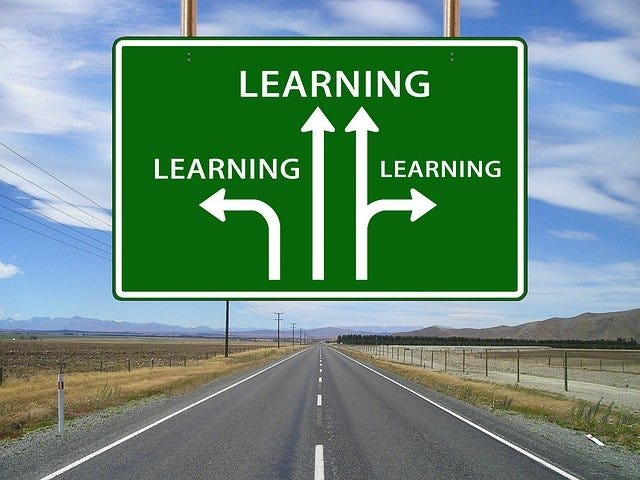Are Frum Career Colleges Worth the Cost?
Take a survey to help us find out if they actually deliver on income expectations

As you may remember from my previous post “How to Plan Your Career Preparation,” not all college programs actually make sense from an economic perspective. When you factor in expenses like tuition, books and supplies, fees, loan servicing, opportunity costs (i.e., what you could have been earning during the time you were, instead, studying), and general living costs, the money you do end up earning may never end up even covering your investment.
That earlier article (and the “Career Prep: Self-Directed Learning” article that followed it) used publicly available data to give us a sense of what kinds of long-term economic outcomes are likely for individuals entering many existing programs.
But frum families live and work under conditions that aren’t exactly like the general population. And we have career college programs designed especially for our unique needs. Some are run entirely through mainstream four-year colleges but permit accelerated completion, often by incorporating yeshiva and seminary credits.
So it would be particularly helpful if we could find data representing the real-world experiences of people who have entered frum programs and, for some at least, subsequently moved on to the working world. I’m looking for answers to questions like:
What are the real and full costs of frum colleges?
How long does it really take to complete their programs?
How many begin programs but never complete them?
How much money are graduates earning?
How many graduates never end up working full time (or even part time) at their chosen career? What impact does that have on overall debt and income levels?
I’d really appreciate it if, assuming you or people close to you have some experience with such programs, you could take the survey. Feel free to complete the survey more than once if you’re familiar with the experiences of more than one student. And please do spread the survey link to as many people as possible: the more high-quality responses we get, the more accurate and helpful our insights will be.



